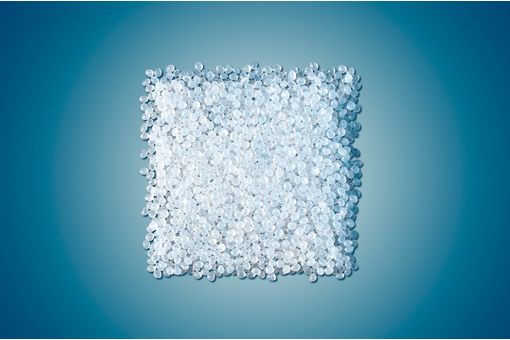Interviews
Cornell fiber science team developing gas-trapping fabric
14 Apr '11
2 min read
A new fabric that can selectively trap gases is being developed at Cornell University, in a breakthrough that promises to help protect soldiers and first responders from exposure to toxic chemicals.
The garments use “metal organic framework molecules” and cellulose fibers that were assembled in Fiber Science Professor Juan Hinestroza's lab to create the special cloth. Metal organic framework molecules, or MOFs, are clustered crystalline compounds that can be manipulated at the nanolevel – as small as one-millionth of a millimeter – to create “cages” that are the exact same size as the gas they are trying to capture.
“We wanted to harness the power of these molecules to absorb gases and incorporate these MOFs into fibers, which allows us to make very efficient filtration systems,” Hinestroza said.
Fiber Science postdoctoral researcher Marcia Da Silva Pinto first created MOF fabrics in Hinestroza's lab, working in collaboration with chemists from Professor Omar Yaghi's group at the University of California-Los Angeles. Hinestroza said Yaghi is one of the pioneers and leaders of MOF chemistry.
At first the process did not work smoothly.
“These crystalline molecules are like a powder that cannot easily become part of cloth,” Da Silva Pinto said. After months of trying to attach the particles to the fiber, the researchers realized that, “the key was to bring the fiber to the particle. It was a real paradigm shift.”
“Now we can make large surfaces of fabric coated with MOFs,” said Hinestroza.
Some of the basic science behind this project was funded by the U.S. Department of Defense. On the eve of Cornell's April 16 student-run fashion show – one of the largest of its kind on the nation – one of the student-designers from the show has fashioned a mask and hooded shirts inspired by the military. Jennifer Keane, a senior in fiber science and apparel design senior in Cornell's College of Human Ecology, worked with Hinestroza and Da Silva Pinto to create a gas-absorbing hood and mask.
“This type of work would only be possible at a place like Cornell where you have this unique merging of disciplines, where a fashion designer can interact easily with a chemist or a materials scientist,” Hinestroza said.
The garments use “metal organic framework molecules” and cellulose fibers that were assembled in Fiber Science Professor Juan Hinestroza's lab to create the special cloth. Metal organic framework molecules, or MOFs, are clustered crystalline compounds that can be manipulated at the nanolevel – as small as one-millionth of a millimeter – to create “cages” that are the exact same size as the gas they are trying to capture.
“We wanted to harness the power of these molecules to absorb gases and incorporate these MOFs into fibers, which allows us to make very efficient filtration systems,” Hinestroza said.
Fiber Science postdoctoral researcher Marcia Da Silva Pinto first created MOF fabrics in Hinestroza's lab, working in collaboration with chemists from Professor Omar Yaghi's group at the University of California-Los Angeles. Hinestroza said Yaghi is one of the pioneers and leaders of MOF chemistry.
At first the process did not work smoothly.
“These crystalline molecules are like a powder that cannot easily become part of cloth,” Da Silva Pinto said. After months of trying to attach the particles to the fiber, the researchers realized that, “the key was to bring the fiber to the particle. It was a real paradigm shift.”
“Now we can make large surfaces of fabric coated with MOFs,” said Hinestroza.
Some of the basic science behind this project was funded by the U.S. Department of Defense. On the eve of Cornell's April 16 student-run fashion show – one of the largest of its kind on the nation – one of the student-designers from the show has fashioned a mask and hooded shirts inspired by the military. Jennifer Keane, a senior in fiber science and apparel design senior in Cornell's College of Human Ecology, worked with Hinestroza and Da Silva Pinto to create a gas-absorbing hood and mask.
“This type of work would only be possible at a place like Cornell where you have this unique merging of disciplines, where a fashion designer can interact easily with a chemist or a materials scientist,” Hinestroza said.
Cornell University
Popular News
Leave your Comments
Editor’s Pick
































-Ltd..jpg?tr=w-120,h-60,c-at_max,cm-pad_resize,bg-ffffff)





.jpg?tr=w-120,h-60,c-at_max,cm-pad_resize,bg-ffffff)
.jpg?tr=w-120,h-60,c-at_max,cm-pad_resize,bg-ffffff)






